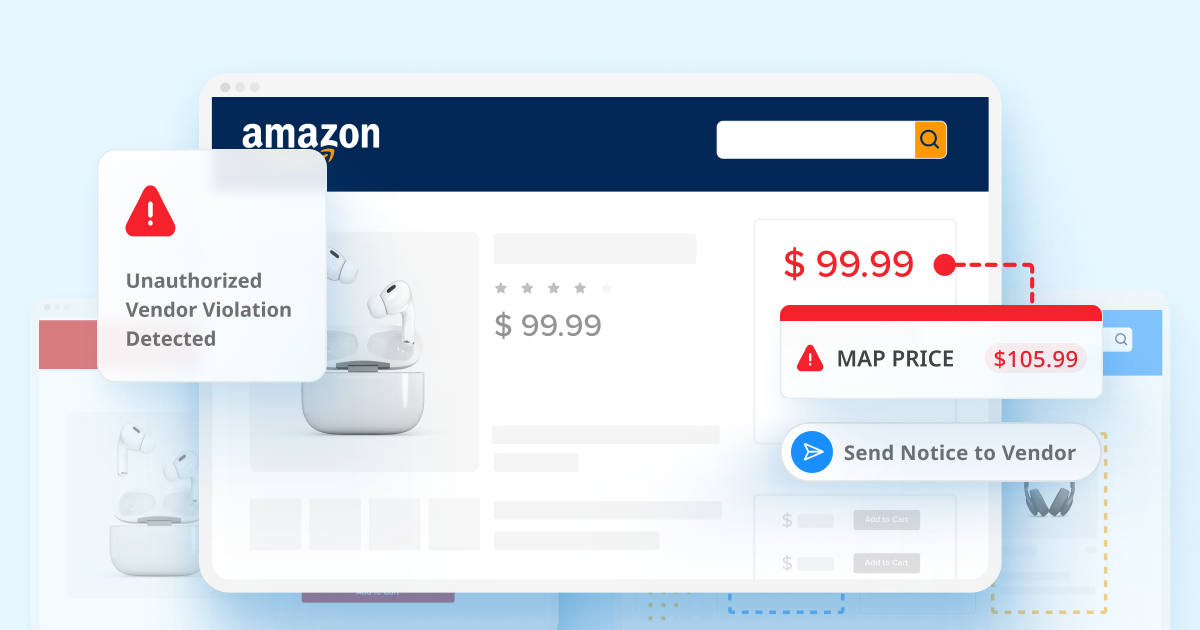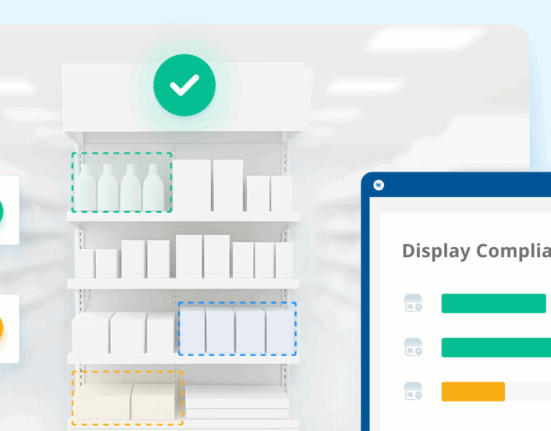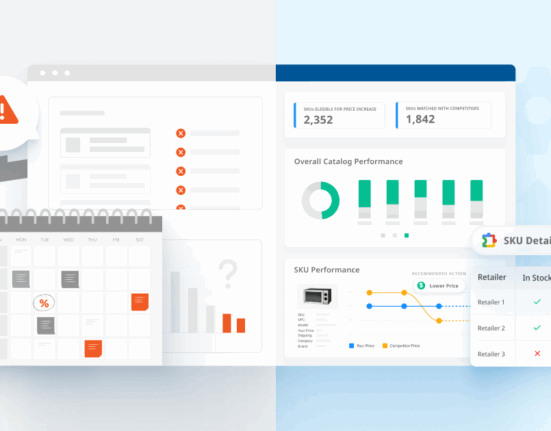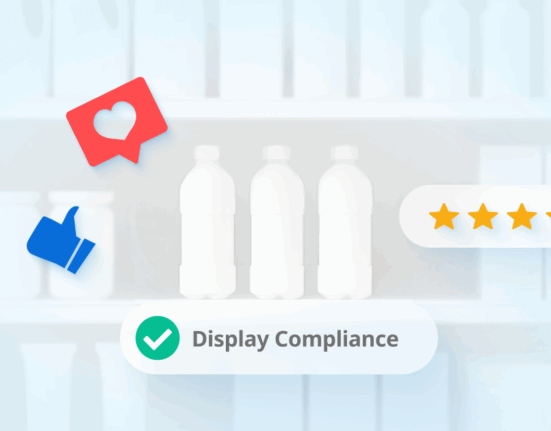In today’s fast-moving ecommerce landscape, marketplace growth has unlocked new revenue opportunities for retailers and brands alike. But it has also introduced new challenges for the teams tasked with protecting brand value and pricing consistency. With more sellers and platforms entering the picture every day, enforcing a Minimum Advertised Price (MAP) policy has become not only more difficult, but more important than ever.
For pricing and ecommerce teams, what once involved checking in with a handful of authorized partners now requires oversight across hundreds of third-party sellers on multiple platforms. Many of these sellers are unknown, unauthorized, or operating outside traditional retail relationships. Left unchecked, MAP violations can quickly spread, eroding margins, straining partner trust, and undermining brand value across the entire sales ecosystem.
Why MAP Enforcement Is Harder and Riskier Than Ever
MAP was designed to give brands control. But in the reality of modern ecommerce, enforcement often lags behind the pace of change. Here’s where things get complicated:
Marketplace Chaos and Limited Visibility
Third-party marketplaces like Amazon and Walmart now host millions of sellers. Many are unauthorized or operate through indirect channels, making them difficult to identify and even harder to monitor. For brands, this means far less visibility into who’s selling their products and even less control over how those products are priced.
What’s more, a single violation can have an outsized impact. Just one listing below MAP can trigger a chain reaction, prompting price-matching across multiple platforms and eroding revenue across channels. In this environment, pricing discipline becomes difficult to maintain, and what starts small can quickly undermine brand value across entire categories.
Manual Workflows Create Business and Brand Risk
Marketplace complexity has outpaced many of the tools brands still rely on. Spreadsheets, screenshots, and manual checks may have worked when seller networks were smaller. But today, they’re simply no match for the volume and speed of modern ecommerce. Teams are left scrambling to track violations across thousands of SKUs and dozens of platforms, often with incomplete data and limited resources.
The result isn’t just slower response times. It’s a breakdown in consistency. Violations are missed. High-risk sellers go unnoticed. Enforcement windows stretch too long. And when unauthorized sellers continue to undercut prices without consequence, retail partners notice. That’s when trust begins to break down—and conversations shift from collaboration to conflict.
The consequences of weak MAP enforcement go well beyond pricing. Margins shrink. Promotions unravel. Sales cycles stall. Teams field demands for reactive discounts just to keep partners happy. And perhaps most damaging of all, brand perception starts to slip.
There’s also a darker layer of risk: unauthorized listings that include expired or counterfeit products. These items may lack quality checks, arrive damaged, or be packaged in ways that confuse consumers. What follows is a surge in complaints, returns, and warranty claims—not to mention the internal burden placed on customer support teams. Regardless of where the product came from, the customer experience reflects back on the brand.
Teams fall behind, not because of effort, but because the tools in place weren’t built for the pace of today’s marketplaces.
Knowing Where to Focus First
With so many sellers, SKUs, and channels in play, the real challenge for brand and ecommerce teams is knowing where to direct their energy. Not every violation carries the same risk. Some products are more vulnerable to price erosion. Some sellers are repeat offenders. Some violations come at critical times, like during promotional campaigns or product launches.
This is where many teams hit a wall. They may be tracking violations, but they’re doing it in isolation, without a clear view of patterns, root causes, or potential business impact. And without that context, enforcement becomes a cycle of chasing symptoms instead of uncovering the deeper patterns driving violations.
That’s why insights matter. Visibility alone isn’t enough. You need the ability to prioritize based on business risk and respond with confidence. Tools like MAP Intel help bridge that gap by showing where violations are happening, which ones matter most, and how they’re trending over time. These insights enable brands to act faster, align internally, and support smarter conversations with retail partners—all without losing sight of long-term goals.
Customer Spotlight: Meyer Corporation Tackles MAP at Scale
Meyer Corporation, the company behind brands like Circulon and Farberware, was no stranger to the challenges of MAP enforcement. Like many manufacturers, they faced frequent violations across both marketplaces and retail partners driven by a mix of authorized sellers and unauthorized listings. Tracking it all manually had become increasingly time-consuming and difficult to sustain.
To manage enforcement more efficiently, Meyer partnered with Wiser and implemented MAP Intel, an automated monitoring solution built to scale MAP enforcement. With visibility into their highest-risk SKUs and streamlined workflows, they were able to reduce violations, resolve issues faster, and better protect their pricing strategy, without the resource drain of a manual process.
Read the full Meyer case study here
Meyer’s experience is just one example of how brands are adapting to meet the realities of modern MAP enforcement. The tools and tactics that once got the job done are no longer enough—especially when teams are being asked to move faster, cover more ground, and maintain consistency across increasingly complex selling environments.
For the brands that are getting it right, what are they doing?
Modern MAP Programs: A Smarter Approach That Scales
The challenges are clear: crowded marketplaces, limited visibility, manual processes that can’t keep up, and the constant pressure to do more with less. When enforcement is reactive or fragmented, the risks multiply and drive lost margin, partner friction, operational strain, and long-term brand damage.
That’s why forward-thinking brands are grounding their approach in automation, actionable insights, and systems that scale.
- Automated Monitoring Across Channels
With real-time visibility into authorized and unauthorized sellers, brands can surface issues before they escalate and reduce the blind spots that lead to downstream disruption. - Beyond Visibility: Prioritized, Context-Rich Insights
Knowing that a violation occurred is just the start. Teams need to understand which violations carry the most risk, which sellers are persistent offenders, and how trends evolve over time. Prioritization is key to protecting margin and moving with speed. - Scalable Workflows Replace Manual Enforcement
The pace and complexity of today’s marketplace environment make manual enforcement unsustainable. The brands that succeed are building structured, scalable workflows that support consistent action and internal alignment. - Consistency Builds Stronger Retailer Relationships
When enforcement is clear and consistent, it builds confidence across the partner ecosystem. It gives retailers the confidence to support your pricing strategy because they know enforcement is being applied fairly across the board.
Conclusion: MAP Enforcement is a Brand Investment
In today’s dynamic marketplace environment, maintaining price consistency isn’t just about compliance, it’s a powerful lever for brand growth, operational clarity, and retail partnership health.
As online channels grow more complex, MAP enforcement must evolve from a manual task to a strategic capability. Forward-thinking brands are embracing automation, high-quality insights, and scalable processes to ensure pricing policies are followed without draining internal resources or risking partner trust.
This isn’t just about catching violations. It’s about protecting your margins, elevating your brand, and building trust across every channel you sell in.
Your pricing reflects your value. A strong MAP enforcement strategy ensures it stays that way.
Ready to modernize your MAP program? Learn how MAP Intel can help →









